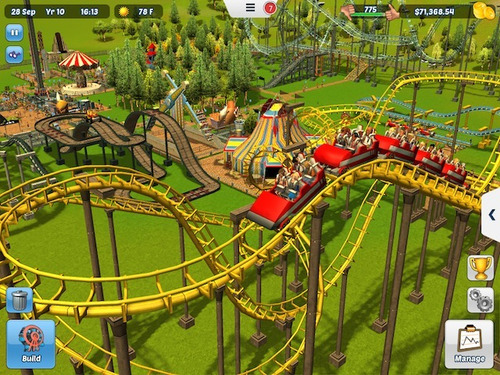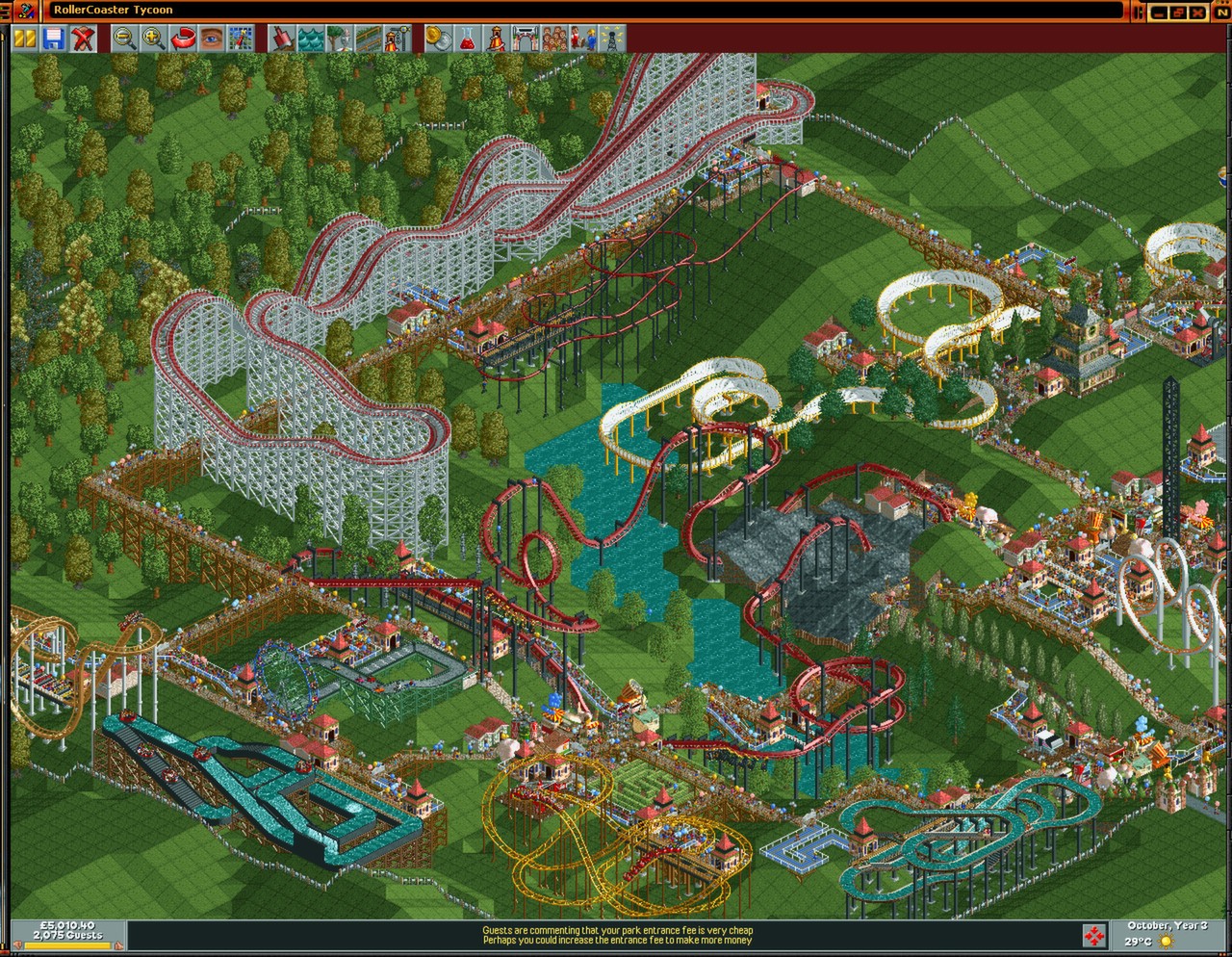

The solution in Problem 1 might look smooth, but it might not feel smooth because the piecewise defined function (consisting of $L_1(x)$ for $x30$) doesn’t have a continuous second derivative.

(d) Find the difference in elevation between $P$ and $Q$.Īs you can see, the transition among $L_1$, $f$, and $L_2$ is smooth. (c) Plot $L_1$, $f$, and $L_2$ to verify graphically that the transitions are smooth. (b) Solve the equations in part(a) for $a$, $b$, and $c$ to find a formula for $f(x)$. Write equations in $a$, $b$, and $c$ that will ensure that the track is smooth at the transition points. (a) Suppose the horizontal distance between $P$ and $Q$ is 30 m. To simplify the equations, you decide to place the origin at $P$. For the track to be smooth there can’t be abrupt changes in direction, so you want the linear segments $L_1$ and $L_2$ to be tangent to the parabola at the points $P$ and $Q$. You decide to connect these two straight stretches $y=L_1(x)$ and $y=L_2(x)$ with part of a parabola $y=f(x) = ax^2+bx+c$, where $x$ and $f(x)$ are measured in meters. By studying the photographs of your favorite coasters, you decide to make the slope of the ascent $0.8$ and the slope of the drops $-1.6$. Suppose you are asked to design the first ascent and drop for a new roller coaster.

Applied Project in Sec.3.1, Calculus by Stewart


 0 kommentar(er)
0 kommentar(er)
